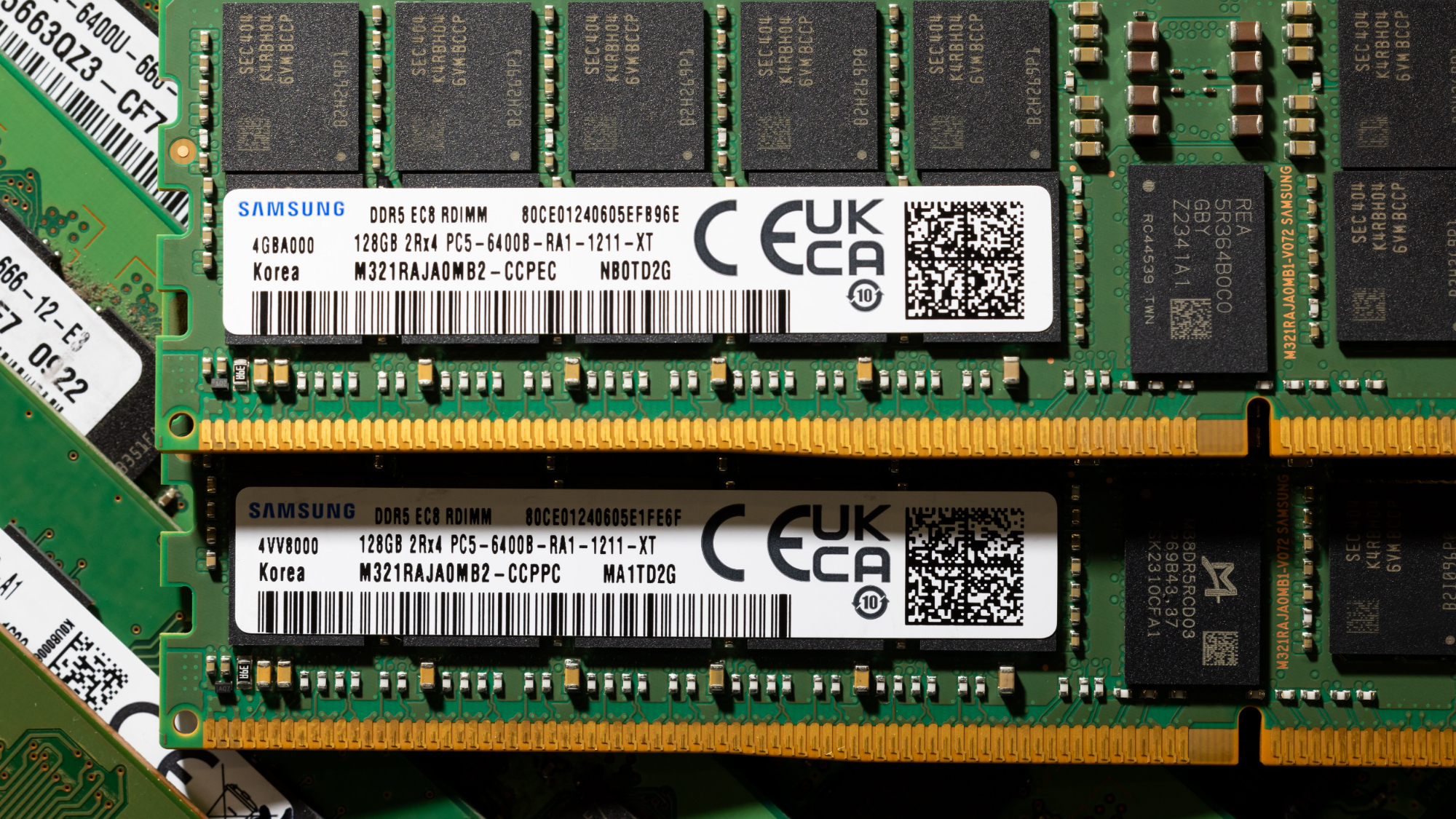Server DRAM prices surge up to 50% as AI-induced memory shortage hits hyperscaler supply — U.S. and Chinese customers only getting 70% order fulfillment
U.S. and China buyers now see just 70% order fulfillment, as AI demand drives DDR5 shortages and PC parts follow suit.

The DRAM supply chain is choking, and server memory is taking the first hit. According to DigiTimes, major U.S. and Chinese hyperscalers are now receiving just 70% of the server DRAM they order. That’s despite agreeing to contract price increases of up to 50% for Q4, well above the 30% hike many buyers had budgeted for earlier this year.
Naturally, AI sits at the core of all this. While it’s HBM that gets the headlines, demand for conventional DDR5 RDIMMs is also outpacing supply, particularly at advanced nodes where Samsung and SK hynix have diverted capacity toward parts bound for AI acceleration. Samsung’s recent pricing adjustments confirm the reprioritization, with the company having raised server SSD prices by up to 35% and RDIMM contract rates by as much as 50%, citing sustained demand from enterprise and cloud customers.
What’s left is a market where even the largest buyers can’t secure enough memory. Spot prices have surged since late September, and several top-tier suppliers are reportedly refusing to quote for October allocations. DDR5 16 GB modules that traded at $7 to $8 last month are now hovering around $13, with availability tightening further into November. Module makers are bracing for out-of-stock situations by the end of the quarter.
The rest of the market fares worse. Channel players and smaller OEMs are seeing order fulfillment rates closer to 35% to 40%. With hyperscalers locking in fixed allocations, lower-priority customers are pushed to the spot market or told to wait until capacity opens up in 2026.
Micron warned of this in its most recent earnings call, telling investors that DRAM is a “tight industry” and that bit supply growth will lag demand through the end of next year. TrendForce also flagged a potential quote freeze across certain modules, as suppliers shift to day-to-day pricing in China and avoid locking themselves into bad deals.
This is causing retail DDR5 prices to creep upward, with no sign of stabilization before year’s end. DDR4, meanwhile, is in slow decline. China's Nanya Technology recently said standard DDR4 makes up just 20% of the total DRAM market, and it’s no longer being prioritized for volume production. Unless demand unexpectedly cools or yields improve sharply, DRAM allocation for everyone outside the top buyers will be constrained into 2026.

Follow Tom's Hardware on Google News, or add us as a preferred source, to get our latest news, analysis, & reviews in your feeds.
Get Tom's Hardware's best news and in-depth reviews, straight to your inbox.

Luke James is a freelance writer and journalist. Although his background is in legal, he has a personal interest in all things tech, especially hardware and microelectronics, and anything regulatory.
-
Notton It's also causing desktop and laptop DRAM prices to inflate massively.Reply
I can't find the older dram pricing articles because tom's search sucks, but I told you it would take a few months to rear its ugly head.